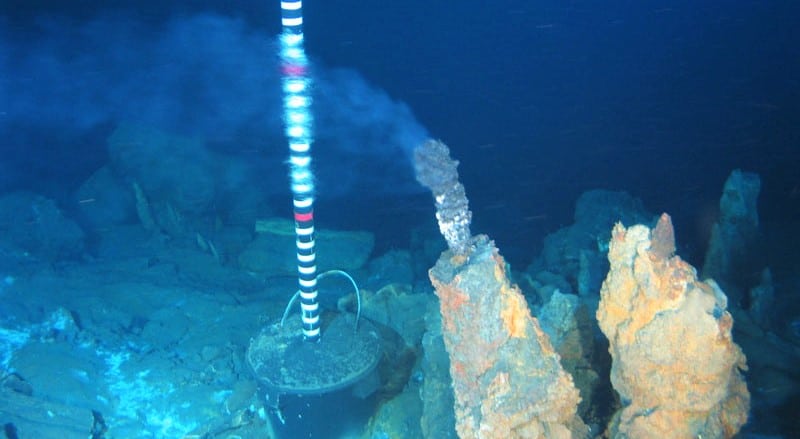In late July, after weeks of fierce debate at the International Seabed Authority (ISA) meeting in Jamaica, deep-sea mining proponents failed to get an agreement for the immediate licensing of deep sea mining operations.
The ISA has issued more than 30 exploration mining licences to date, although not for commercial scale operations. Most of the exploration currently is focused in an area between Hawaii and Mexico that spans some 4.5 million square kilometres, known as the Clarion-Clipperton Zone.
The ISA's failure to get agreement on rules for deep-sea mining potentially . . .
Please Subscribe to view full content...
